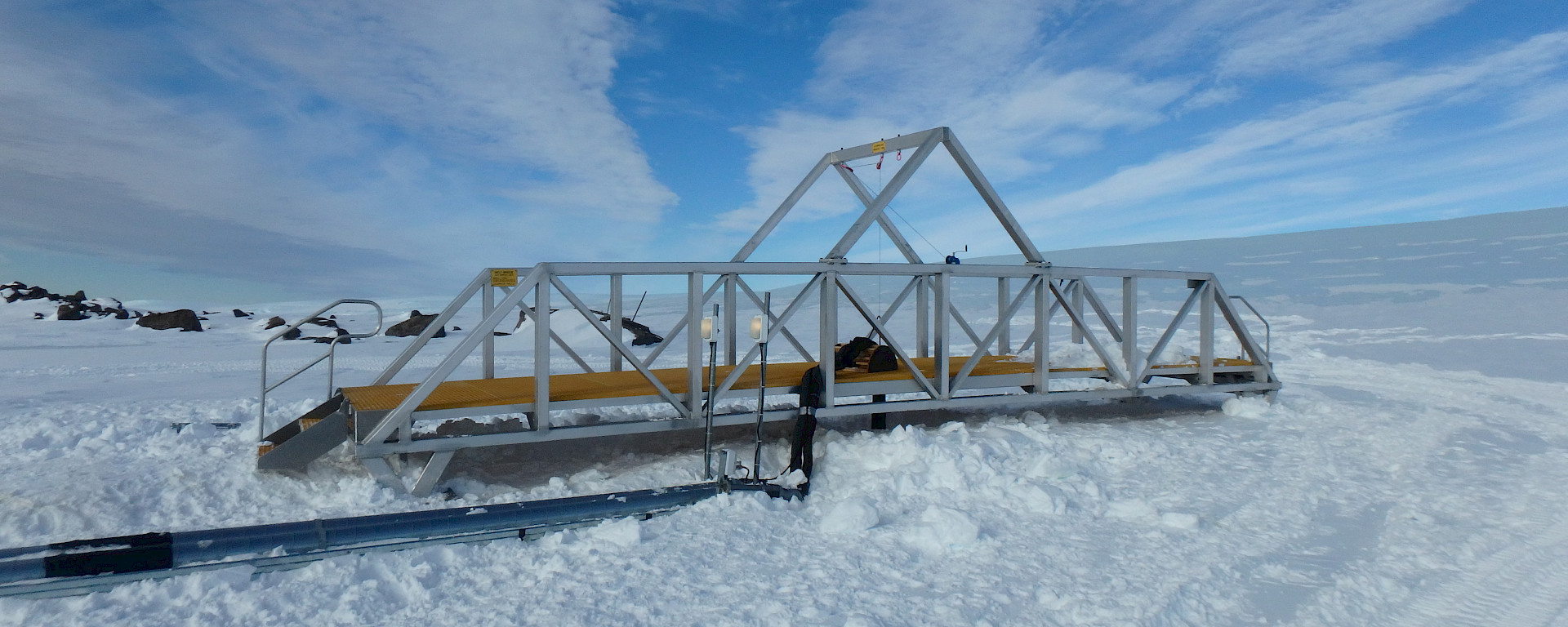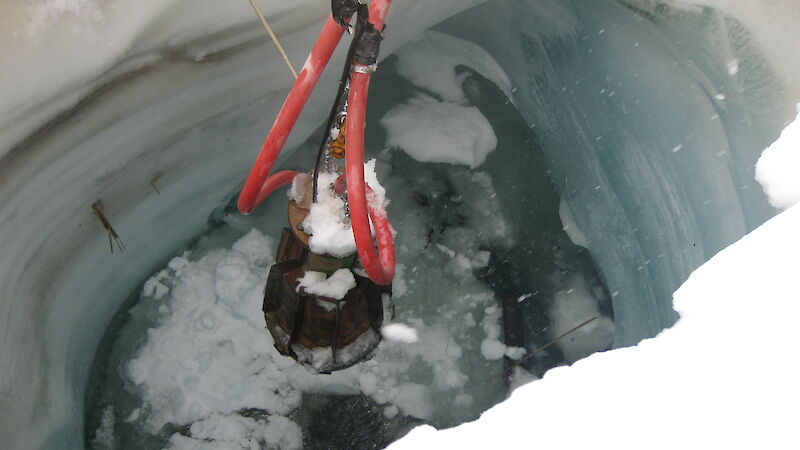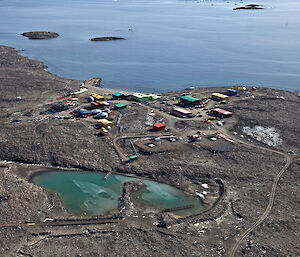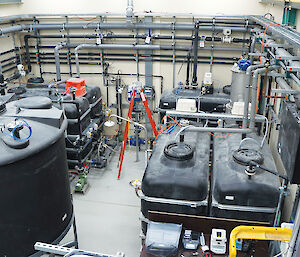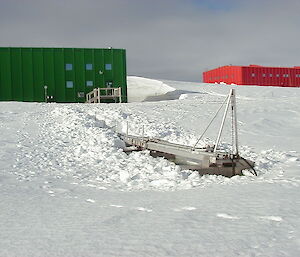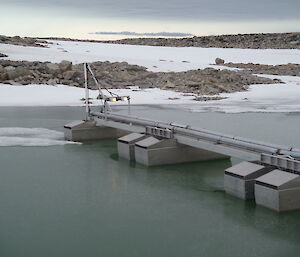How do you make water on the driest continent on the planet? On World Water Day, find out how expeditioners at Australia’s Antarctic stations make theirs.
The Antarctic ice sheet holds about 90 percent of Earth’s fresh water in 30 million cubic kilometres of ice. But there’s not a drop to drink, unless you pour some serious energy into making it.
In the early years of Australia’s Antarctic activities, expeditioners at Casey, Davis and Mawson research stations shovelled snow and ice into large, heated tanks, to form water. Water restrictions were a constant feature of station life and for years expeditioners were restricted to one shower a week and clothes washing was permitted only once a month.
Today, water is still a precious commodity, but technological advances and water saving practices ensure expeditioners remain sweet smelling year round.
At Casey and Mawson, water is produced primarily by melting snow and ice in a melt cavern, using a melt bell. The melt bell is a bell-shaped piece of copper through which hot water, at about 65–70°C, is continuously pumped.
At Mawson the melt bell is lowered by a winch into a hole in the ice plateau behind the station, where it gradually forms a cavern that can grow to about 8 metres wide and 8 metres deep. The depth of the cavern is carefully managed so that it doesn’t melt through to the bedrock, which would cause the water to drain away. At Casey the melt bell is in a freshwater lake that remains frozen for most of the year. At both stations, the melted water is pumped into storage tanks, and filtered before use.
At Davis, water is drawn from a saline tarn and processed through a continuous micro-filtration system and a reverse osmosis desalination plant. The water produced by these plants is pumped via a filter to two 600 000 litre tanks for storage, and then into smaller tanks for consumption.
In January this year expeditioners used between 120 and 150 litres of water per person per day. Casey and Mawson can store up to 270,000 litres each, while Davis station can store 1.43 million litres.
Station water is used in the kitchens, laundries and bathrooms in the same way as other Australian households. One point of difference, however, is that water is needed to reconstitute powdered milk and juices, and other food products that are powdered or concentrated to save weight, space and transport costs.
Water is also used by the stations’ meteorology team to generate hydrogen, by electrolysis, for the daily weather balloon launches; as well as in the mechanical workshops and science laboratories.
Waste water is treated in secondary treatment plants, which use microbes to digest nutrients and filtration to remove solids. The resulting treated water is discharged to the ocean via a pipe at the water’s edge, while the solids are returned to Australia.
This year Davis station will install a trial Advanced Wastewater Treatment Plant that will take water from the secondary treatment plant and put it through a series of physical and chemical processes to produce water that exceeds the Australian and World Health Organisation drinking water quality guidelines.
While there are no plans to drink the water, the technology is well suited to potable water production in other remote areas of the world using source waters from sewer, mining and stormwater systems.
Australia’s Antarctic stations have come a long way from shovelling snow into heated tanks, to helping to close the water cycle in an era where drinking quality water is becoming an increasingly scarce resource around the world.

